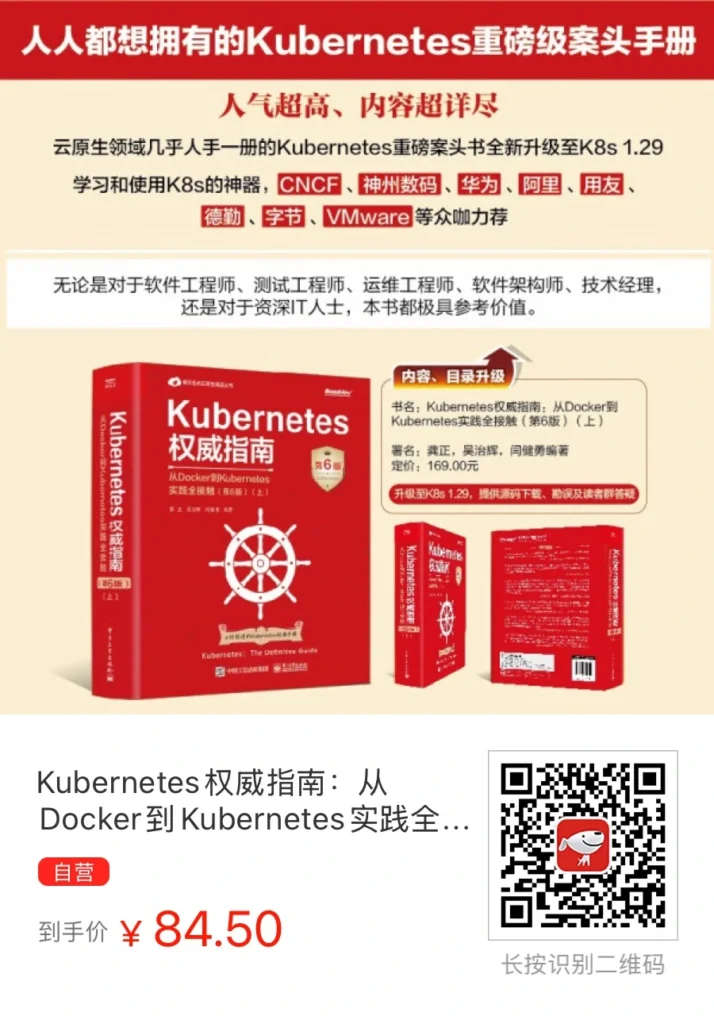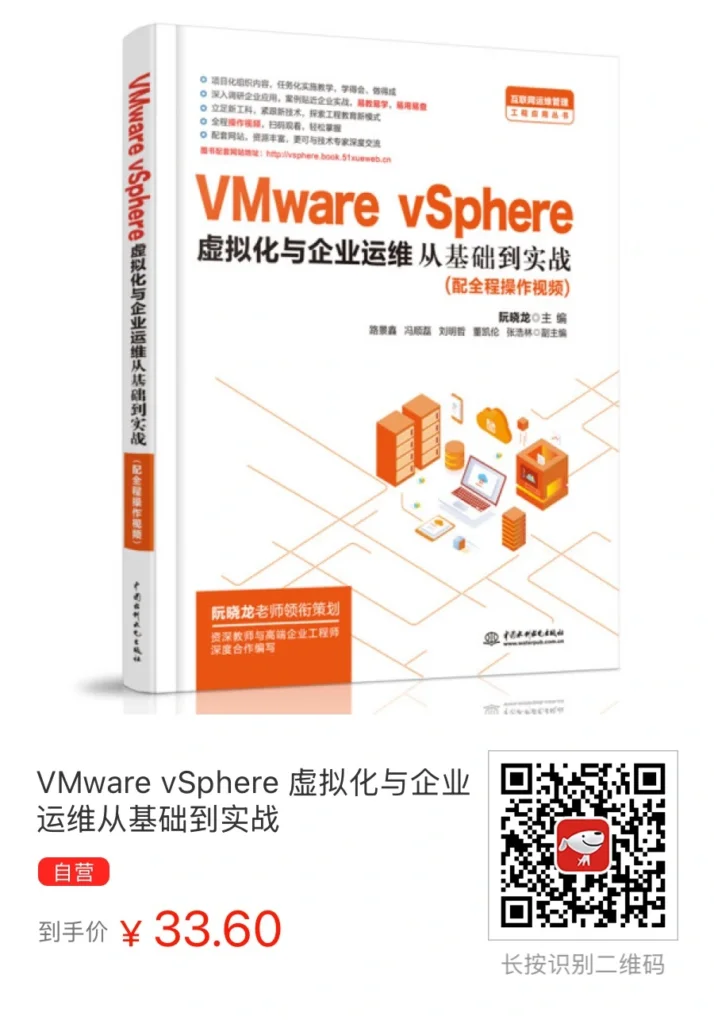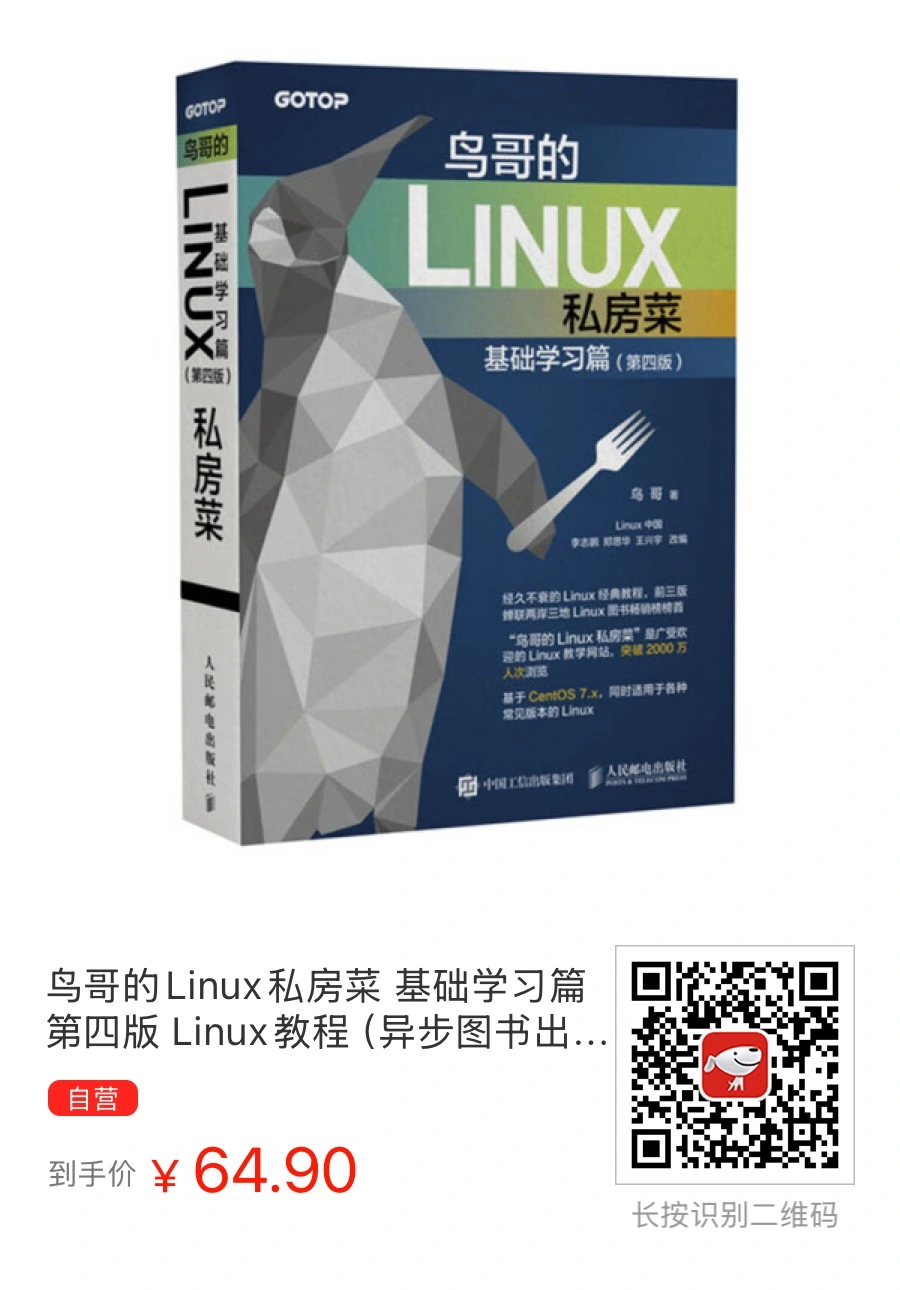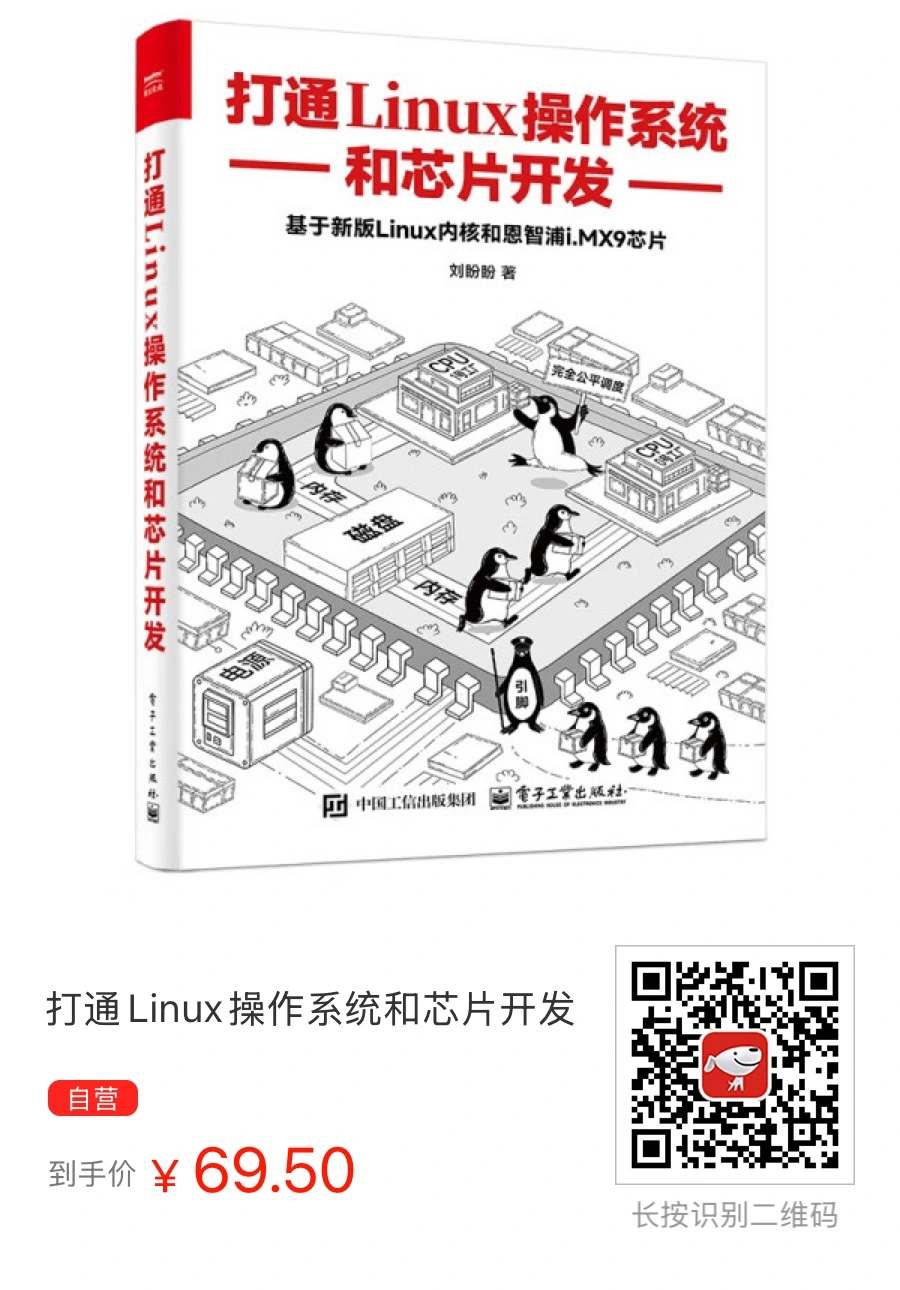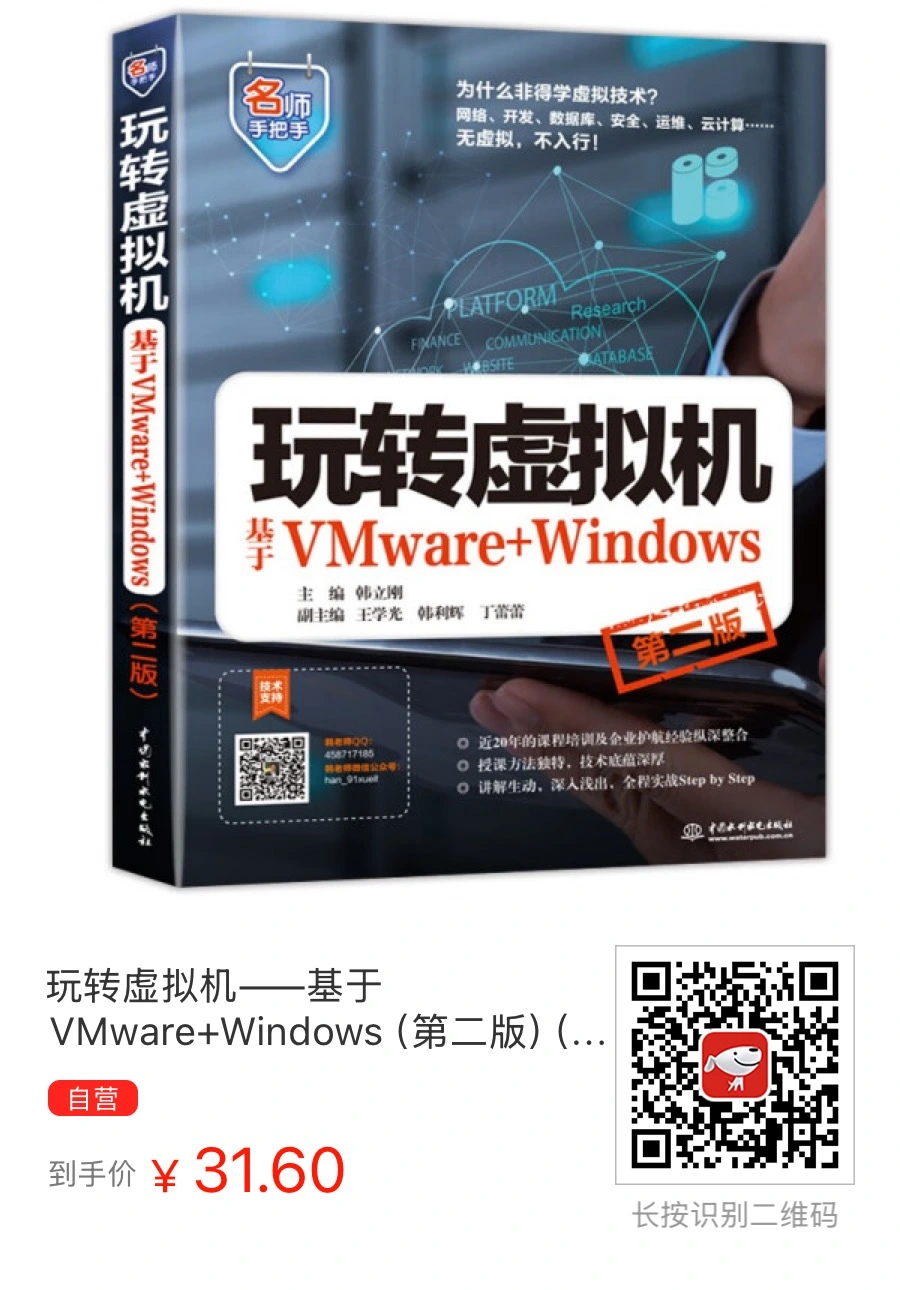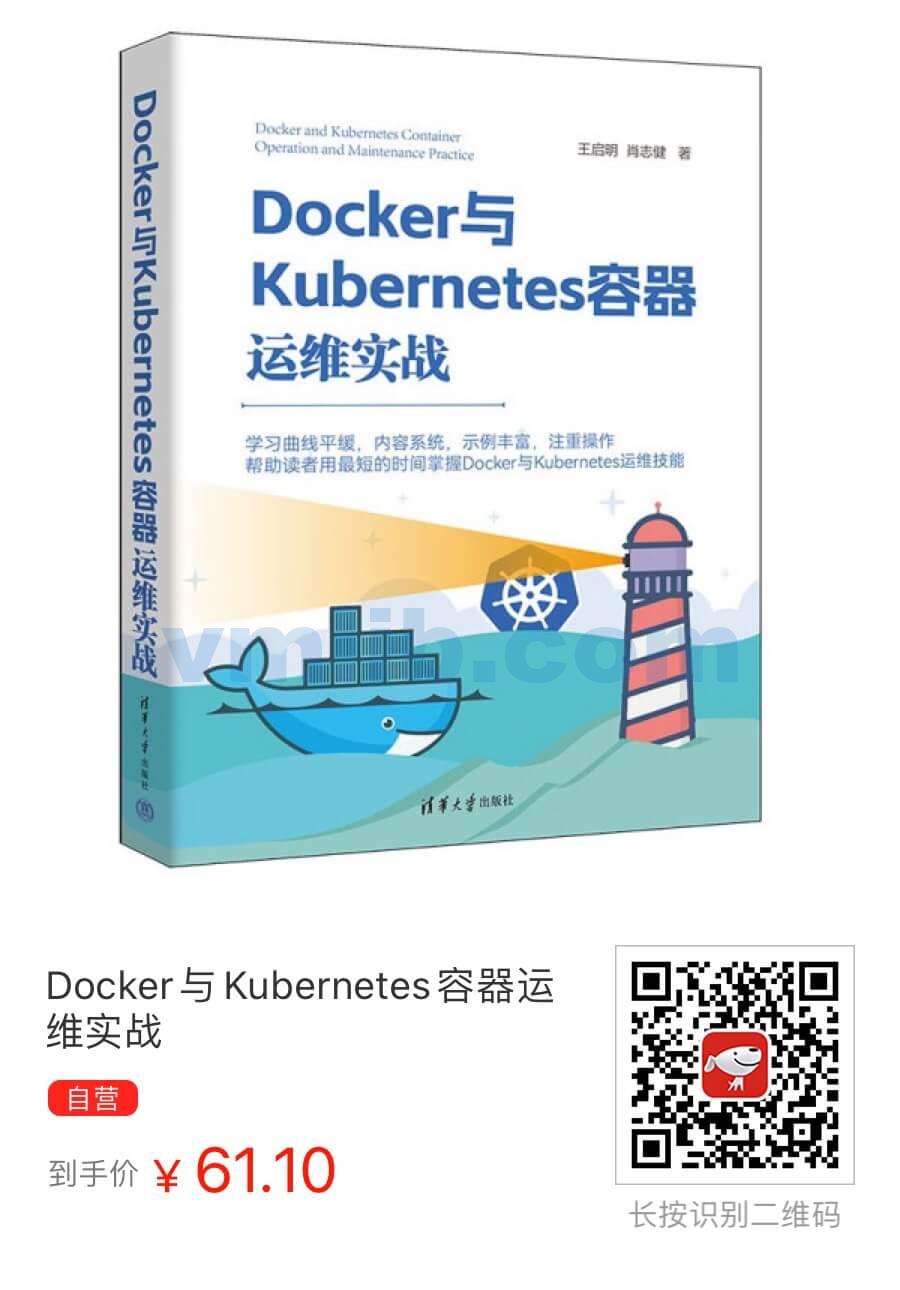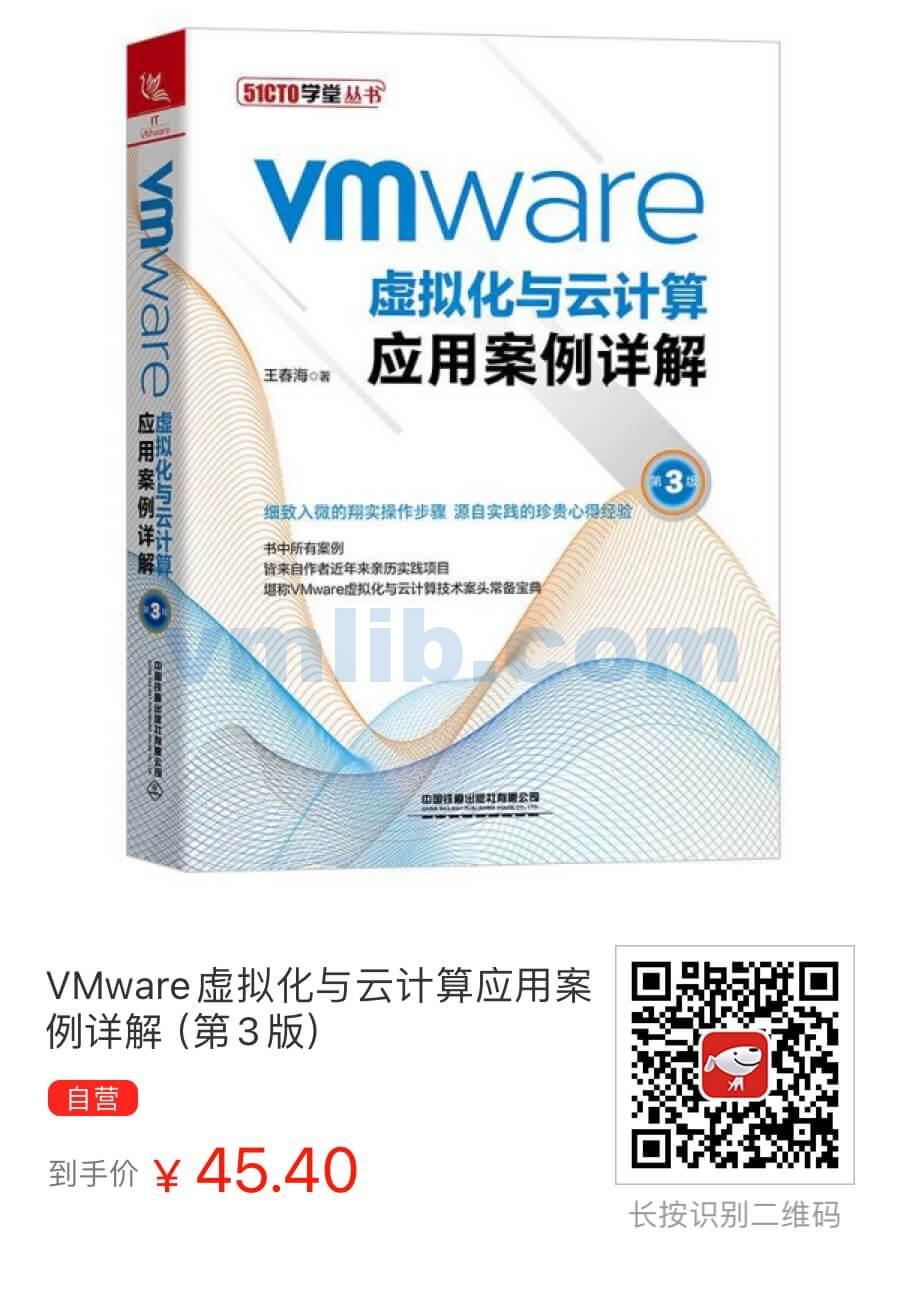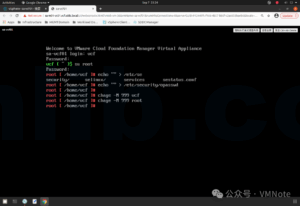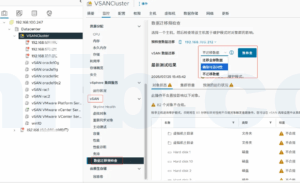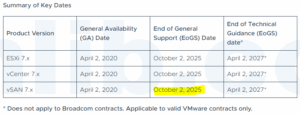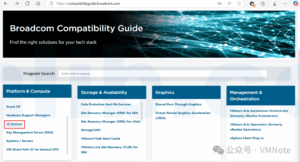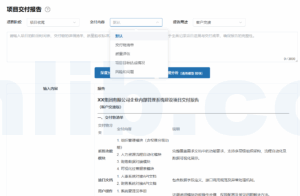To study for VMware HCI Master Specialist Exam | vSAN认证考试题目学习
84. An architect is currently working with a customer to transform their existing ESXi hosts to vSAN nodes. The customer expressed the following requirements.
– First phase will transform 50% of the hosts to a hybrid vSAN nodes.
– Second phase will transform the remaining 50% hosts to an All-Flash vSAN nodes.
The following constraint exists:
– Each host has a 4-port x 1GbE network interface.
Which two recommendations should the architect make to align with the customer’s requirements?(Choose two.)
A. Hybrid vSAN clusters can have shared 1GbE network adapters.
B. All-Flash vSAN clusters must have dedicated 10GbE network adapters
C. Hybrid vSAN clusters must have dedicated 1GbE network adapters
D. All-Flash vSAN clusters can have shared 10GbE network adapters
E. Hybrid vSAN clusters must have dedicated 10GbE network adapters.
Explaination:
For a scenario involving the transformation of existing ESXi hosts to vSAN nodes, considering both hybrid and all-flash configurations, network performance is a critical factor in ensuring the efficiency and reliability of the storage network. Given the requirements and constraints, here are the recommendations aligned with best practices for vSAN network design:
A. Hybrid vSAN clusters can have shared 1GbE network adapters. This option is feasible for hybrid configurations where the performance requirements might be less stringent than for all-flash configurations. Hybrid vSAN environments can potentially operate on 1GbE networking, especially in smaller deployments or environments where performance requirements are moderate. However, it’s essential to ensure that the network can handle the vSAN traffic along with any other traffic on the network, to prevent bottlenecks.
B. All-Flash vSAN clusters must have dedicated 10GbE network adapters. This is a critical recommendation for all-flash vSAN configurations due to the significantly higher throughput and lower latency requirements of all-flash storage compared to hybrid storage. All-flash vSAN environments benefit greatly from 10GbE or higher networking to support the increased I/O and bandwidth demands. Ensuring dedicated 10GbE network adapters for all-flash vSAN clusters can provide the necessary performance and reliability.
C. Hybrid vSAN clusters must have dedicated 1GbE network adapters is not as critical as having dedicated 10GbE adapters for all-flash configurations. While dedicated networking resources are always beneficial to isolate and ensure performance for storage traffic, the necessity for dedicated 1GbE adapters in a hybrid scenario is less pressing compared to the need for 10GbE in all-flash scenarios. However, dedicated network resources can still improve performance and reliability.
D. All-Flash vSAN clusters can have shared 10GbE network adapters. While it’s possible for all-flash clusters to share 10GbE network adapters, this is not the ideal scenario. Sharing network resources can introduce contention and reduce the performance benefits of all-flash storage. For optimal performance, dedicated 10GbE network adapters are recommended to ensure that storage traffic does not compete with other types of traffic.
E. Hybrid vSAN clusters must have dedicated 10GbE network adapters is not a strict requirement. While having 10GbE network adapters would certainly benefit a hybrid vSAN cluster by providing ample bandwidth for storage traffic, it is not a must-have given the performance characteristics of hybrid configurations. The decision between 1GbE and 10GbE should be based on performance requirements, budget, and future-proofing considerations.
Therefore, the two recommendations to align with the customer’s requirements would be:
- B. All-Flash vSAN clusters must have dedicated 10GbE network adapters. This ensures the high performance and reliability required for all-flash storage.
- A. Hybrid vSAN clusters can have shared 1GbE network adapters. This is a feasible option for hybrid configurations, keeping in mind the performance may be adequate for certain use cases, but careful planning is required to avoid network congestion.
- 一位架构师目前正在与一个客户合作,将他们现有的ESXi主机转换为vSAN节点。客户表达了以下需求:
- 第一阶段将50%的主机转换为混合vSAN节点。
- 第二阶段将剩余的50%主机转换为全闪存vSAN节点。 存在以下约束:
- 每个主机都有一个4端口x 1GbE网络接口。
建筑师应该提出哪两条建议以符合客户的要求?(选择两项。)
- A. 混合vSAN集群可以共享1GbE网络适配器。
- B. 全闪存vSAN集群必须有专用的10GbE网络适配器。
- C. 混合vSAN集群必须有专用的1GbE网络适配器。
- D. 全闪存vSAN集群可以共享10GbE网络适配器。
- E. 混合vSAN集群必须有专用的10GbE网络适配器。
对于将现有ESXi主机转换为vSAN节点的场景,考虑到混合和全闪存配置,网络性能是确保存储网络效率和可靠性的关键因素。鉴于需求和约束,以下是与vSAN网络设计最佳实践一致的建议:
A. 混合vSAN集群可以共享1GbE网络适配器。这个选项对于混合配置是可行的,其中性能要求可能不像全闪存配置那样严格。特别是在较小的部署或性能要求适中的环境中,混合vSAN环境可以在1GbE网络上操作。然而,确保网络能够处理vSAN流量以及网络上的任何其他流量,以防止瓶颈,是至关重要的。
B. 全闪存vSAN集群必须有专用的10GbE网络适配器。这是对全闪存vSAN配置的关键建议,因为与混合存储相比,全闪存的吞吐量显著更高,延迟要求更低。全闪存vSAN环境极大地受益于10GbE或更高网络,以支持增加的I/O和带宽需求。为全闪存vSAN集群确保专用的10GbE网络适配器可以提供必要的性能和可靠性。
C. 混合vSAN集群必须有专用的1GbE网络适配器并不像为全闪存配置提供专用的10GbE适配器那样关键。虽然专用的网络资源总是有益于隔离并确保存储流量的性能,但在混合场景中需要专用的1GbE适配器的必要性不如全闪存场景中需要10GbE的必要性那样迫切。然而,专用的网络资源仍然可以提高性能和可靠性。
D. 全闪存vSAN集群可以共享10GbE网络适配器。虽然全闪存集群共享10GbE网络适配器是可能的,但这不是理想的场景。共享网络资源可能会引入竞争并减少全闪存存储的性能优势。为了最佳性能,推荐使用专用的10GbE网络适配器以确保存储流量不与其他类型的流量竞争。
E. 混合vSAN集群必须有专用的10GbE网络适配器并不是严格的要求。虽然拥有10GbE网络适配器肯定会通过提供足够的带宽来





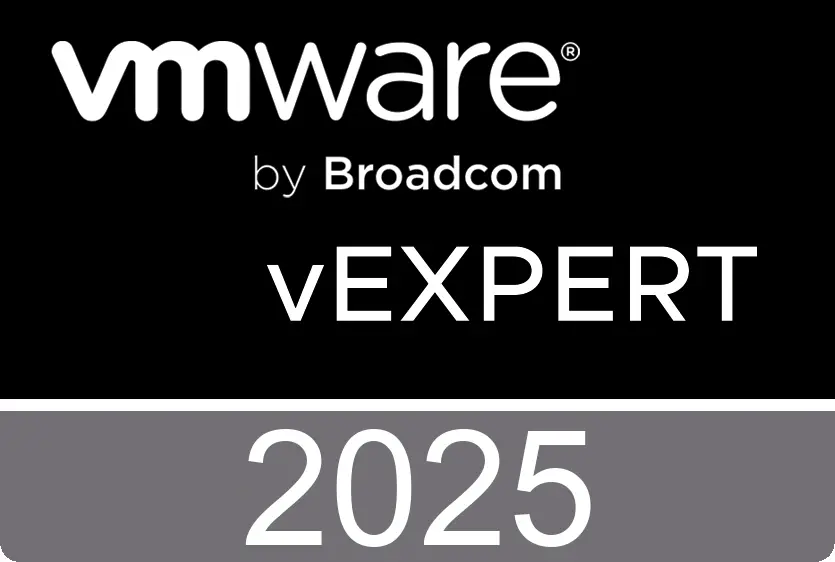
 VM技术助理
VM技术助理
